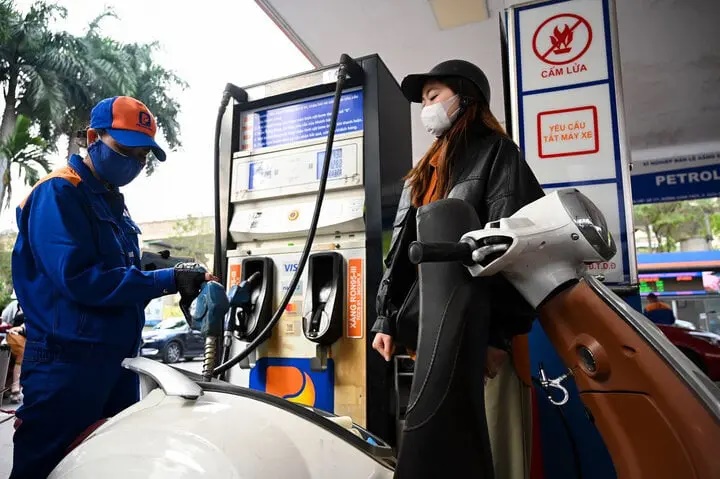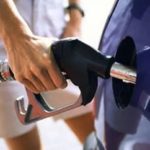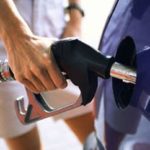According to experts, the numbers 92 and 95 are RON octane ratings, indicating the anti-knock capability of gasoline. The higher the octane rating, the better the anti-knock performance, and vice versa. With E5 gasoline, as the octane number of ethanol is 109, when mixed with A92 gasoline, it will increase the octane rating of the blend by 1 to 2 units, so E5 gasoline has an octane rating equivalent to A93 – A94.

Using the right type of gasoline is recommended to prevent vehicle damage and ensure smooth operation. (Illustration: Vietnamnet)
Knocking is a phenomenon of premature ignition compared to the ideal ignition timing due to spark plug activation, occurring at the end of the compression stroke. If it occurs frequently, this phenomenon can overload engine components and pose the risk of deformation or breakage. Knocking makes the engine hot, reduces power, causes the vehicle to run sluggishly, and produces a sound similar to knocking in the engine area.
According to research by experts, each type of engine has a different compression ratio (the ratio between the total volume and the combustion chamber volume of the engine cylinder), so the appropriate octane number should be chosen. For engines with a compression ratio greater than 9:1, it is recommended to use RON 95 gasoline, and vice versa.
However, based on practical conditions, manufacturers recommend that vehicles with a compression ratio above 10:1 should use A95 gasoline. As for A92 gasoline, motorcycles with compression ratios ranging from 7:1 to 10:1 can operate smoothly.
Currently, in the motorcycle market, manufacturers are improving the quality, design, and engine technology. Therefore, engines with a compression ratio below 10:1 are becoming less common and are mostly found in most entry-level motorcycles. Scooters, on the other hand, have a higher compression ratio than 10:1. Therefore, it is recommended to use A95 gasoline for these types of vehicles.
According to VTC News.






































